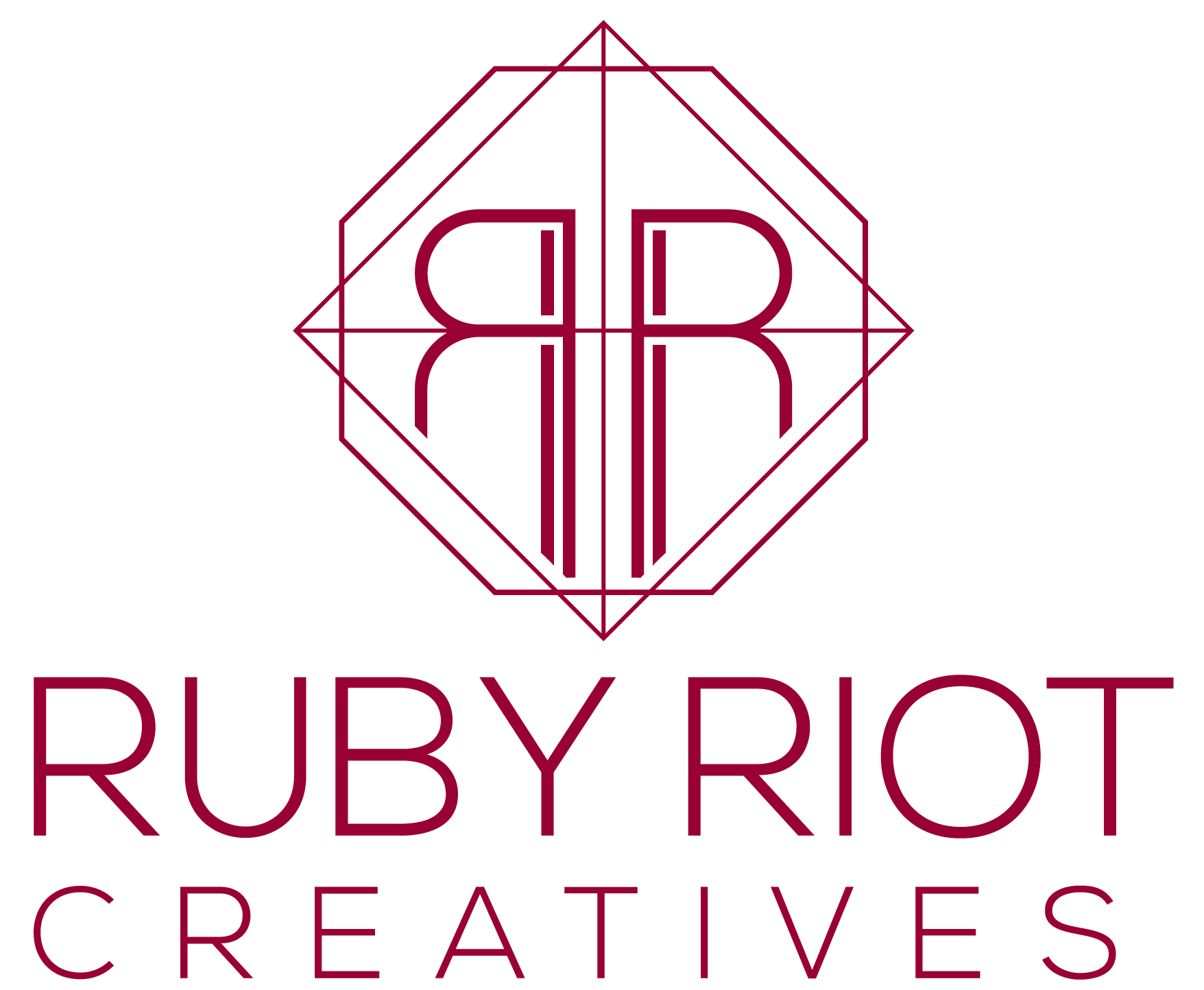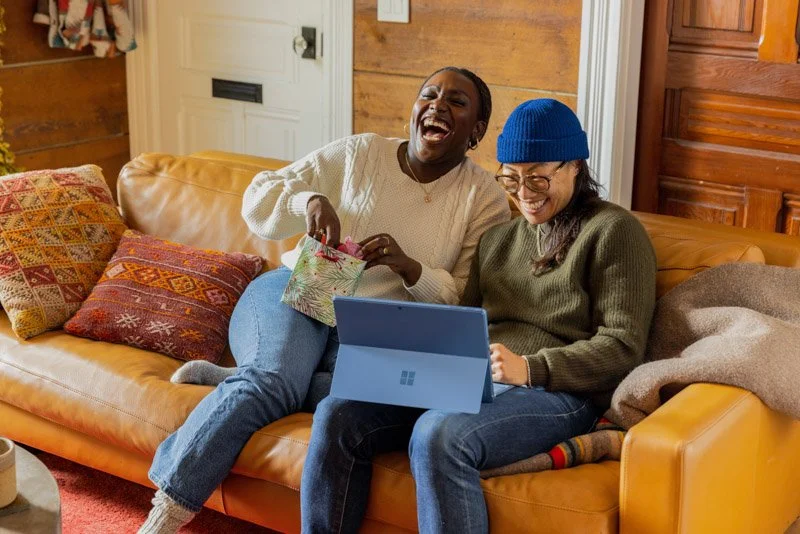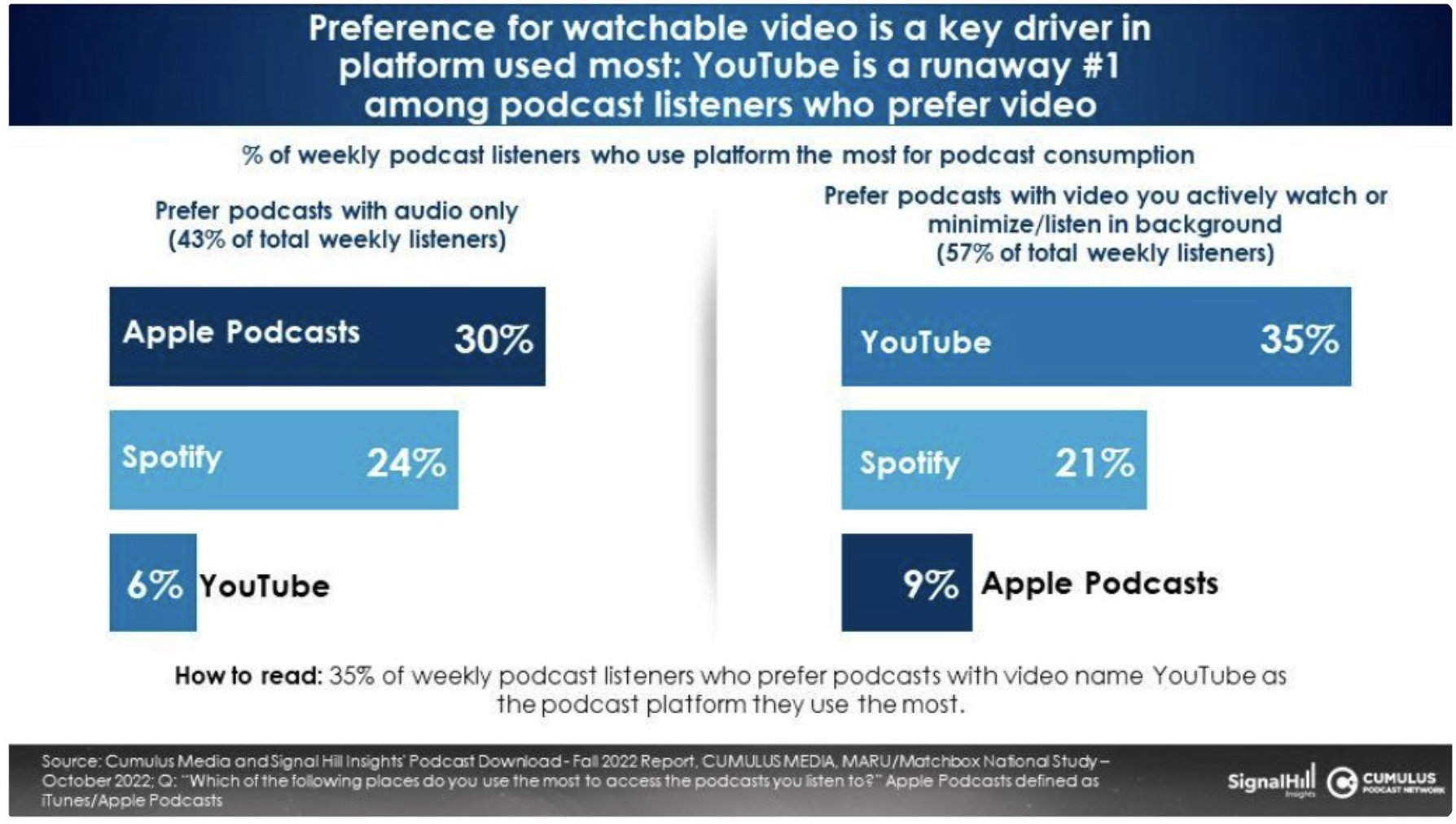Should I have a video podcast or an audio-only podcast?
Should you start a video podcast for your business, or stick to audio only? In this article, we’re taking a bird’s eye strategic look at the effectiveness of audio and video podcasting, to help you decide what makes the most sense for your podcasting goals. What do the metrics say about audio-only podcasts compared to video podcasting? How do people consume media in 2023? What make the most sense for you if you’re looking to start (or scale) your podcast? Find out here.
Become your audience’s trusted friend. Video podcasting builds greater authenticity and trust.
Should I do a podcast with video?
Many businesses might be wondering whether they should create a video podcast. The answer is yes! Think of a video podcast simply as an additional piece to your B2B marketing portfolio. If you already have an audio podcast, creating a video podcast doesn’t require much added work from the host, client, or guest. In fact, a video podcast can hugely benefit your business and marketing strategy.
How can you benefit from video podcasting?
So, what do you have to gain from video podcasting?
You try hard to connect with your audience. Yet they might wonder - who are you? Can they trust you? Are you a friend that they themselves would like to have? After all, isn’t it easier to engage with somebody that you feel that you can relate to and have seen?
Video podcasting can make you appear more authentic to your audience and allows you to better connect with them. Actually seeing you and your co-hosts/guests talking, interacting, and reacting increases your authenticity and relatability. Your audience can both witness the micro-expressions on your face and feel your immense passion when you speak about a subject that you absolutely love.
Video podcasts can allow your audience to feel like they too are a part of the conversation. You become a friend that they can relate to, that they are happy to have. Video allows your target audience to better connect with you, your show, and your message.
In fact, video can also increase the level of trust that your audience has in you.
In a study conducted at University College London in the early 2000s, researchers compared the level of trust that participants felt towards advice given via video, audio, an avatar, text combined with a photo, and just plain text. They found that video induced the highest level of trust, with audio coming in second.
If your audience trusts you more, what are the chances that they will decide to stick around for more episodes of yours, and recommend your podcast to those in their circle? The chances are rather high we say! Sandwich valuable content within your podcast too and video will build onto the audio experience of your beautiful podcast.
Are video podcasts better Than Audio-only podcasts?
Video podcasts are not necessarily better than audio podcasts. It’s all about providing options and availability for your brand and messaging, giving your listeners the power to choose how they consume your content. Consumers of content have different preferences, and it is important to make sure your marketing strategy has everyone and everything covered. Websites like YouTube provide reach to an audience and analytics that are in many ways unmatched by any other content distribution platforms.
Having both a video podcast and an audio podcast is the best approach so your audience has both options available to them. Why limit yourself? Your B2B or B2C company should have the ability to reach out and access people in various realms and platforms. This way, you’re not limiting your brand when it comes to letting your audience know who you are, what you do, and what you want them to know.
With over 2.9 million podcasts and over 151 million episodes, you’ll want your podcast to stand out. According to a media report, YouTube is starting to outwin Spotify and Apple as the preferred platform for podcast listening.
What does this all suggest? It’s time to start video podcasting.
Humans are hardwired to look at faces .
If you put your face on camera, people are going to pay attention. It’s in our chemical makeup. And when people pay attention, your engagement goes up.
Humans are hardwired to look at faces
And from a science and human behavior perspective. Don’t be fooled when someone says “I’m a visual person.” We are all visual people.
This alone is a decent argument for making a video podcast, but there’s one type of visual humans are particularly fascinated by: faces.
People gravitate to the faces of other humans because we’re hardwired that way.
We use other people’s facial expressions to develop emotional context. Did your latest joke kill or flop? Is your potato chip + dill crusted salmon recipe delicious or disgusting? You need to look at people’s faces to find out.
Researchers understand humans have specific neural circuits dedicated to facial recognition. They live in the medial temporal lobe, and they go wild whenever you see a face. These circuits will push a face to the forefront of our attention, even when it’s competing with other stimuli.
So why does this matter for your video podcast?
If you put your face on camera, people will pay attention. It’s in our design. And when people pay attention, your engagement goes up. And in the world of oversaturated social media space, seeing a familiar face (or a new favorite face) will take precedence over other content clouding their screen.
A video podcast provides a different sort of appeal that audio alone cannot.
Nearly a third of the podcast audience prefers to “actively watch” a podcast with a video component.
Does My Audio Podcast Audience Want Video Content?
Nearly a third of the podcast audience surveyed here prefers to “actively watch” a podcast with a video component.
Consumers were asked their preference for three podcast experiences:
Audio only without any video (43% preference)
Play video in the background or minimize on device while listening (29%)
Actively watch while listening (28%)
This data suggests that there’s undoubtedly a demand for video podcasts. Whether or not your existing audience wants a video element might not be the primary reason for deciding to go down this route, though. Instead, new visibility and extra discoverability could be seen as the primary benefit. If some existing listeners want to transition to watching your content, then treat that as an added bonus.
People consume information and content in different ways— some people like to listen, some people like to read, and some people like to watch.
All these variables should be taken into consideration when creating content for your brand.
Is a video podcast worth it?
Obviously, we may be a bit biased living in the land of video marketing where our biggest metric is emotional buy-in and engagement for our video content…buuuuut, in today's era of social media that allows easy access to YouTube and other visual platforms (think: Instagram Reels, LinkedIn videos on your feed), video is truly an vital element of your B2B and B2C marketing strategy, not just an add-on.
A video podcast should be a piece of your B2B and B2C content plan. People consume information and content in different ways— some people like to listen, some people like to read, and some people like to watch. And those are all things that your business should take into consideration when creating content.
While people can take podcasts with them on the road, they can take videos along as well. Having a video podcast creates an additional connection between your show’s team, host, guests, and public. Websites like YouTube provide unmatched analytics that provide insight and information into who is watching, where they’re watching from, and what they watch the most. This information can help inform your content marketing and promotional strategies.
Websites like YouTube provide reach to an audience and analytics that are in many ways unmatched by any other content distribution platforms.
Video also allows you to add other information that you may not be able to experience through audio. Through a video podcast, we can see the faces of the show’s host and guests. We can also add text and graphics on screen to include more important information.
Having a video podcast opens your business up to so many more platforms. By not limiting your content to audio podcasting, you have the ability to share your brand across YouTube and other social media outlets, as well as on your website.
Secret Super Power of Video Podcasting: Repurpose your recordings - GROW your podcast and SAVE time
With video podcasting, you can record once, and repurpose that recording to be distributed via different marketing channels. Doesn’t that sound amazing?
Wait. Why, you ask? Why should you even consider this?
Feeds the social media algorithm
Repurposing content can enable you to consistently put out quality content. Generally, posting multiple times a week to your Facebook, Instagram, and Twitter accounts will suit each respective algorithm. This can improve your ranking in each platform, and increase your reach and the number of people you impact with your podcast!
Saves you time
Taking one long-form recording and chopping it up into smaller bite-sized chunks will SAVE YOU A HUGE AMOUNT OF TIME with content generation. After all, if you have a one-hour-long kickass interview that you have recorded, with multiple intriguing points that your guest has brought up - why not break it down into multiple clips. For instance, make one clip for each point, and share them on social media throughout the week.
Some consumers simply won’t jump onto a podcast platform. They consume on social platforms like Instagram, LinkedIn, and Facebook. Have smaller “bite-sized” clips from your episodes may end up having more views than the actual two-hour-long interview (correct as of September 2020). This clearly demonstrates the power of the short clips on platforms like YouTube, Instagram and LinkedIn, and the extent to which you too can tastefully and successfully repurpose your video podcast.
Nearly nine of ten marketers say they have discussed podcast advertising.
It is safe to say podcast advertising has hit the mainstream among national marketers and media agencies:
Nearly nine of our ten say they have discussed podcast advertising.
In a first for the industry, those who say they are likely to advertise in the coming six months hit a new high of 48%. Generally, there are more agencies and brands who say they will “consider spending” in a media versus those who say they “actually intend” to spend. From 2015 to 2021, this was the case for podcasting. This year, the gap has narrowed with 51% of the ad industry saying they will consider advertising in podcasts and 48% saying they actively intend to advertise, a major sign of a coming of age for podcast advertising.
For the first time, a majority (61%) of national marketers and media agencies say they currently advertise in podcasts. This represents major growth from 2021 (45%). From 2017 to 2020, only about a third of national brands and their agencies said they were advertising in podcasts.
Where Do People Watch Podcasts?
In the same Cumulus Media/Signal Hill Insights data, mentioned above, there are some other interesting stats:
Social Media is made for video (not audio.)
By default, the audio is muted on every video post. Not ideal if you’re trying to promote your new audio-only show.
Video versus Audio Podcasting Considerations: Social is made for video
If you don’t market your podcast, you won’t grow. You have a number of ways in which to spread the word, but social media has the lowest barrier to entry.
Here’s the rub: social media is optimized for video, not for audio. By default, the audio is muted on every video post. Not ideal if you’re trying to promote your new audio-only show.
The emergence of audiograms has made this problem a bit easier to solve, but having a full-fledged video podcast is a better solution.
Why? Because you’ve just got more options.
For example, you’ll want to post numerous times about new or upcoming shows. If you film a video podcast, you’ll have footage you can cut into short, sharable segments. You’ll also have behind-the-scenes content to share.
Creating variety in your content marketing can increase engagement and keep people interested.
In closing: Our two cents? Have a video podcast compared to audio-only, though is it more cost and production heavy, is a wonderful option for brands looking to create a sustainable content generation silo that elevates their existing content marketing strategy. Building greater connection with their existing client base is just the start of it. Video podcasting not only builds a greater network and community (with more opportunities for customers and allies to engage with you routinely), but create a presence and a platform that generates bigger opportunities through elevated perception, more opportunities for alliances, and an awesome way to build greater connection to your Client base. Long story long, we’re big fans of video podcasting (though it is WAY more of a production workload!) because we are wired to observe, study, compare+contrast human interactions. We believe people in today’s era want most is genuine human connection and community. Video podcasting brings your clients together and is a wonderful way to foster connection.








